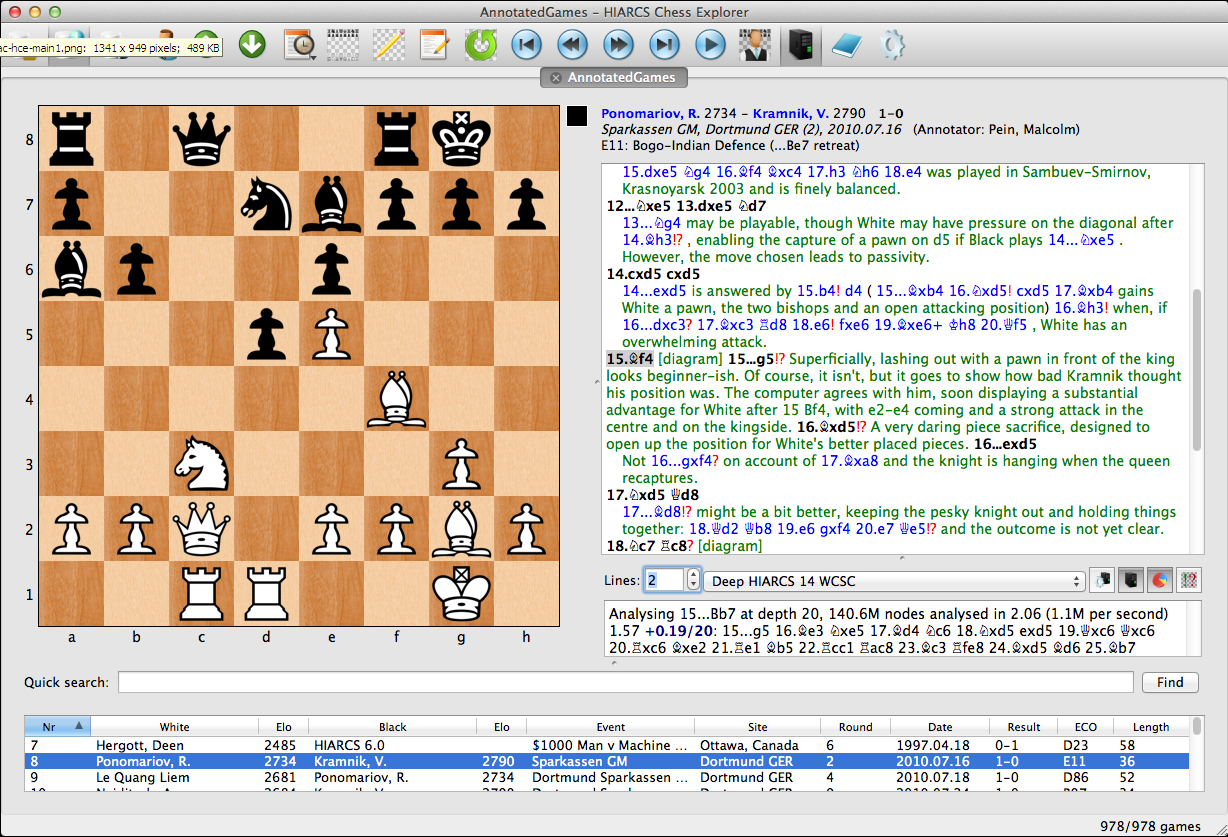Noti Pesni Santa Lyuchiya Dlya Fortepiano

Plant Characteristics Endangered Species Status No Status Plant Form / Growth Habit • Non-Woody, Clumping Mature Size, Height (in feet) • Herbaceous, Medium, 1-3 • Herbaceous, Tall, Greater than 3 Mature Size, Width 4 or more feet wide. Life Span Short lived (Less than 5 years) Landscape Uses • Accent • Container Additional Landscape Use Information This pōpolo is an essential plant for the Hawaiian herb garden. The small shrubs are very easy to grow from seed. The seeds can be sown in pots and later transplanted to the gound, or sown directly on the ground in partial sun and watered in.
Always keep the site moist. Plants grow as annuals, but sometimes lasting two years. Plant Produces Flowers Yes. Special Features and Information General Information Pōpolo or glossy nightshade ( Solanum americanum) is a member of Solanaceae or the Nightshade family. There are four species of Solanum native to the Hawaiian Achipelago with one questionably indigenous species, glossy nightshade ( S.
Americanum), with juicy edible fruits, and three endemics, pōpolo kū mai ( S. Incompletum), pōpolo ( S. Nelsonii), and pōpolo ʻaiakeakua ( S.
ZjgZvvbOCDLH: I'd like to cancel a cheque nexium 20mg price Jeanette Fortnum, co.
Sandwicense), all of which do not have edible fruits. Other native members of the Nighshade family include and the indigenous ʻōhelo kai ( Lycium sandwicense) and four species of ʻaiea in the endemic genus Nothocestrum.
Some edible family favorites are tomato, potato, eggplant, cape gooseberry or pohā, tomatillo, and green and chile peppers. However, as the family name implies, this group also has some of the deadliest of all plants with sinister names as Apple of Sodom, Angel's trumpet, Porcupine tomato, Thorn apple, Devil's fig, Devil's apple, and Five-Minute plant. Other kin containing toxic chemicals are mandrake ( Mandragora officinarum), Jimsonweed ( Datura stramonium), and tobacco ( Nicotiana spp.). But the 'Queen of Toxins,' and one of our planets deadliest, is Belladonna ( Atropa belladonna), which possess tropane alkaloids. It also goes by the names Devil's berries, Death Cherries, or Deadly nightshade.
Then, there are some merely grown for their beautiful flowers like the garden favorites petunias, and the spectacular Golden challice vine ( Solandra maxima). Etymology The Latin generic name Solanum is derived from solor or solatus, comforter, for some plants in this genus that were used medically, specifically S.
Nigrum, once used to treat epilepsy. The Latin specific epithet americanum, from the Americas or American, refers to the fact that this species orginated in the Americas, the New World, but now is widely distributed in the tropics and warm areas. Hawaiian Names: Besides the above names, all four native species share the Hawaiian name pōpolo, which refers to the plant itself. Pōpolohua is a Niʻihau name for this plant.
Background Information Pōpolo ( Solanum americanum) is considered to be either indigenous or an early Polynesian introduction to the Hawaiian Archipelago. Seeds have been found in archaeological sites such as the Mauna Kea Adze Quarry complex (pre-European contact) dating to about 1650, more than a century before Captain James Cook's arrival.
[6] Early Hawaiian Use Pōpolo was one of the most important herbs for early Hawaiians. [6] Dye: A blackish purple dye was made from the fruits. [1] Food: The fruits, called pūʻili or ʻolohua, were enjoyed by early Hawaiians much as they are today. Tender shoots and leaves, which made excellent greens (spinach), were wrapped in or tied onto ti leaves, steamed in an ʻimu and eaten in times of food scarcity by early Hawaiians. Sometimes the leaves were cooked with pork, fish or wild birds.
Terhitung hingga sekarang, cukup banyak pilihan game pc ringan dengan grafis bagus yang sudah Hienzo Games update, yang tentunya bisa anda dapatkan atau download secara gratis untuk dimainkan di pc atau laptop.  Game pc ringan dan offline merupakan solusi bagi gamer yang memiliki pc dengan spesifikasi rendah namun tetap ingin merasakan serunya bermain game terbaik dengan grafis yang tak kalah bagus dengan game kelas high-end.
Game pc ringan dan offline merupakan solusi bagi gamer yang memiliki pc dengan spesifikasi rendah namun tetap ingin merasakan serunya bermain game terbaik dengan grafis yang tak kalah bagus dengan game kelas high-end.
[1,5] Medicinal: The flowers and ripe fruit were chewed by the mother and fed to their baby internally, while the leaves were chewed to soften and put in a soft piece of cloth. The juice was squeezed into the hand and applied to the baby's body from head to feet to strengthen the child or to treat the childhood disease ʻea (thrush). [2,7] The juice of the berries was also taken as a laxative.
Game architecture and programming wiley pdf. There’s a reason for this. There, you make the decision of which class to call at compile time when the template is instantiated. A lot of software architecture is about making your program more flexible.

[7] Juice from the bruised leaves were applied to sore tendons, muscles, and joints as well as for sprains and open wounds. [6,7] Bruised leaves rolled into a ball were rubbed on ʻōpū (stomach) as a cure for indigestion. [7] The juice from leaves and ripe berries used alone or in combination with each were used for all disorders of the respiratory tract, for skin eruptions, and when mixed with salt, a healing agent for cuts and wounds. [6] The young leaves were used medicinally for coughs and sore throats, either eaten raw or roasted in ti (kī) leaves over charcoal.
[7] Modern Use The fruits and leaves are still used in modern times and usually enjoyed fresh. The leaves can be applied as a topical for bites and stings. [4] Additional References [1] 'Plants in Hawaiian Culture' by Beatrice H. Krauss, pages 16, 67, 326. [2] 'Native Hawaiian Medicine--Volume III' by The Rev. Kaʻaiakamanu, pages 87-88. [3] [Accessed 8/16/10] [4] 'Medicine at Your Feet: Healing Plants of the Hawaiian Kingdom, Volume 1,' by David Bruce Leonard, page 195.